Following centuries of deforestation Ireland is in the process of re-establishing forest cover. From a low of 1.5% at the turn of the 20th century, successive governments have invested in the annual establishment of new forests; and today forest cover now amounts to over 10% of the total land area.
Planting new forests, including the restocking felled areas, is an important part of Irish forest management. In this section the forest operations involved in the establishment and maintenance of forests are described.
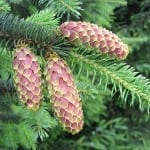
Reproductive Material
Forest Reproductive Material is a term used for the seeds, cones, cuttings and planting stock used in forest establishment. The genetic quality of reproductive material is of key importance to the success of a forest stand as it has a major […]
Read More
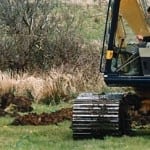
Cultivation and Drainage
Cultivation and drainage are usually the first operations carried out to prepare a site for planting. Their effect is to create a favourable planting site for new transplants by loosening compacted soil, removing surface water and creating a raised planting […]
Read More
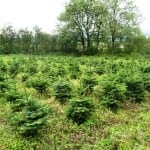
Planting
PLANTING STOCK The nature of planting sites varies considerably depending on whether it is a new planting site (afforestation) or a site being replanted following clearfell (restocking). Restock sites tend to be more variable due to stumps and branches left […]
Read More
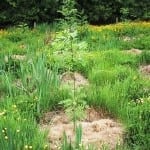
Vegetation Control
Competing vegetation is major problem in establishing forests in Ireland. The mild moist climate is favourable for the lush growth of grasses and herbaceous plants that compete for light, moisture and nutrients with the newly planted trees. This competition lasts […]
Read More
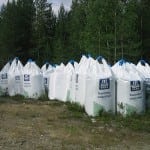
Fertilisation
FOREST SOILS For many years (1920s -70s) government policy in Ireland was to confine forestry to lands that were marginal or unsuitable for agriculture. The result of this policy is that there are large areas of state forestry plantations established […]
Read More
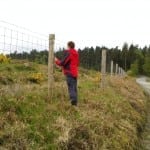
Fencing
ANIMAL DAMAGE Newly established forestry plantations are particularly vulnerable to damage by livestock and wild animals. The main problems are caused by animals that like to browse on the shoots of young plants i.e. sheep, deer, rabbits, hares and occasionally […]
Read More
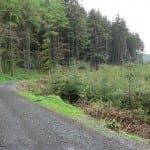
Maintenance
Forests continue to require attention throughout their early development, from establishment through to the stage where a satisfactory crop begins to form. On-going inspections and maintenance are required to ensure the development of good quality forest crops. The main issues […]
Read More
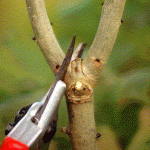
Tending
Between the period when a crop is established and the first harvesting operation (first thinning) there are a number of tasks that are carried out to allow access to the crop and improve tree form and wood quality. These operations […]
Read More
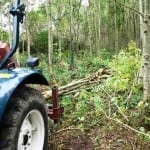
Thinning
In forests managed for timber production, thinning is probably the most important operation carried out between canopy closure and the final harvest. By removing the smaller, weaker and poorer quality trees growth is concentrated on the better trees remaining. This […]
Read More










